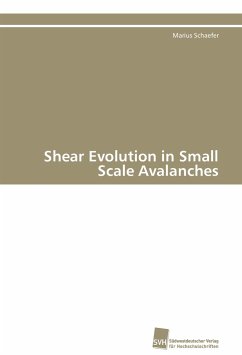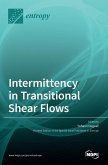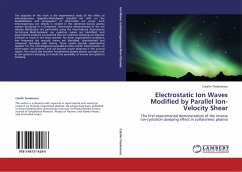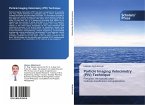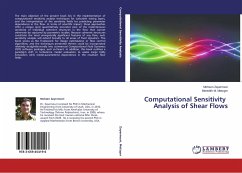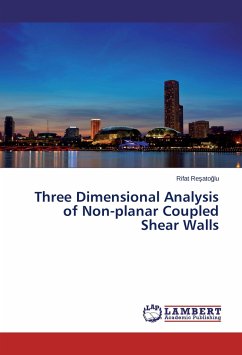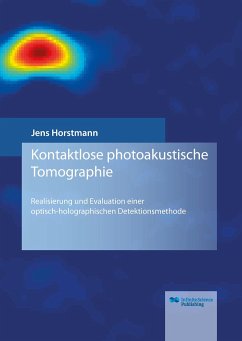Snow avalanches and other gravitationally driven geophysical flows threaten people and infrastructure in mountainous regions. To provide good and efficient protective measures, a correct modeling of these natural hazards is necessary. Current modeling tools are rather empirical, calibrated with documented avalanche events. In this book the results of small-scale experiments are presented, which provide new insights into the physical processes taking place in snow avalanches and granular flows. Experiments on a snow chute revealed extremely high shear rates of up to 700/s in the lowest centimeter of snow flows, manifesting the shear thinning rheological behavior of snow. The observed flow structure in high-speed movies of the shear layer and the statistics of the computed velocity field suggest a turbulent flow behavior in the shear layer of the snow flows. With dry granular material strongly sheared velocity profiles were observed, which were evolving from the head to the tail ofthe avalanches in a reproducible manner. The shape and the evolution of the velocity profiles depended on the roughness of the running surface, the bead size of the material and the slope inclination.

